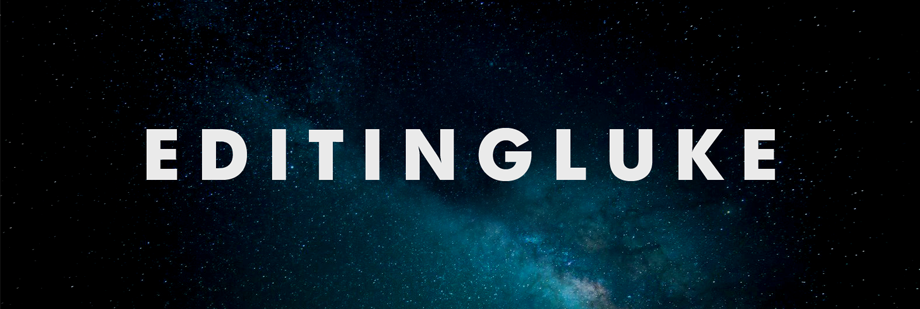
I've always championed that it's not solely the equipment one uses, but the drive and conviction that an artist approaches an idea with that determines how successful they'll be. A filmmaker without resourcefulness is just a dreamer. Comparatively speaking, I've never had the best or most expensive stuff, but it hasn't stopped me from producing quality work or being recognized by my peers, strangers or film festivals.
Excluding the number of film and digital cameras that I experimented with in film school, I've personally owned 4 cameras in my now 13 years of producing independent video. While they vary in price and quality, they've all served me well and have each been used for projects that I consider personally significant. Here are the first 2:
Camera #1: Sony CCD-F46 (1997-2000)
8mm (Video 8) Handycam
 My first ever camera was purchased with the help of my folks, who matched the money I had saved so I could get this camera used. Like I previously mentioned, I was 12 so aside from an allowance and birthday money I didn't exactly have a lot of options.
My first ever camera was purchased with the help of my folks, who matched the money I had saved so I could get this camera used. Like I previously mentioned, I was 12 so aside from an allowance and birthday money I didn't exactly have a lot of options. At this point it was really about starting out in any way possible.
I felt pretty sure that I wanted to make movies, but I can't say I blame my parents for being cautious. It took over a year before I had $125 saved and when I saw an ad in the newspaper for a used camcorder in early 1997 I pounced.
Having that camera was amazing. I remember making shorts just for the sake of seeing myself on camera, finding any excuse to use it for a school assignment, capturing my first homevideos, and teaching myself the basics (along with editing on the VCR). While there wasn't much produced during this time that was meant for critical review, the one thing that I have shared on this blog from this camera was the Alaska Edits that I shot in 1998.
In 2000, having pushed myself as far as I felt I could and nearly breaking this camera several times, I decided to sell it when I finally had the money to purchase my first brand new piece of video equipment (which incidentally could still play all of the 8mm tapes I had shot).
Camera #2: Sony DCR-TRV110 (2000-present)
Digital 8 (D8) Handycam
 When I turned 16 I had been working for a little less than a year, but had managed to save enough money to purchase a new camera. I suppose most kids my age were saving for a car, but my priorities were clear.
When I turned 16 I had been working for a little less than a year, but had managed to save enough money to purchase a new camera. I suppose most kids my age were saving for a car, but my priorities were clear. I was hired to shoot a seminar in the summer of 2000 and was asked to help select a camera to buy for the shoot. After it was complete, I was asked if I wanted to purchase the camera and I agreed - shelling out around $1200 for it (a slight discount).
What made the camera worth emptying my bank account for, was that it was digital. This was the beginning of editing on the computer, higher resolution and most importantly, more options. Having a digital camera and a decent family computer meant that for the first time I could add music, titles, and transitions to my work. I could actually edit with some accuracy! It's something that now seems so easy, but at the time it was a rush - and truthfully, my evolution in using the computer was slow going.
Through most of high school and into my first few years of university this was my camera of choice. I opted to use it on my productions in early film school courses because it seemed just as good as what they'd let us use. The quality still seems good to me, and the list of projects that I've made with this little camera is long - including Keys to Existence which has screened at several international festivals and venues. For more just check My Selected Videography in the sidebar between 2000-2005.
In late 2005 I decided it was time for an upgrade mainly because of how much I was using MiniDV in my production classes. Without a doubt, I got my money's worth from this camera though. These days, my D8 is used mainly to access my old footage, but on occasion I've still used it for homevideo shooting. This is one camera I'll never sell.



